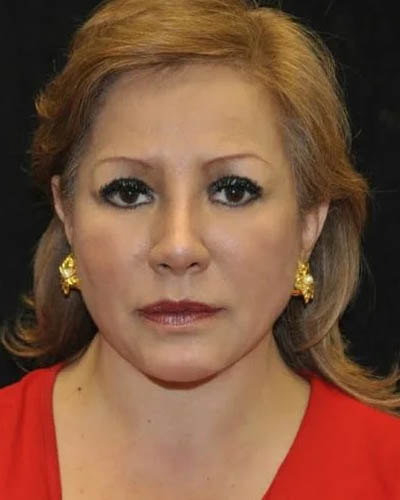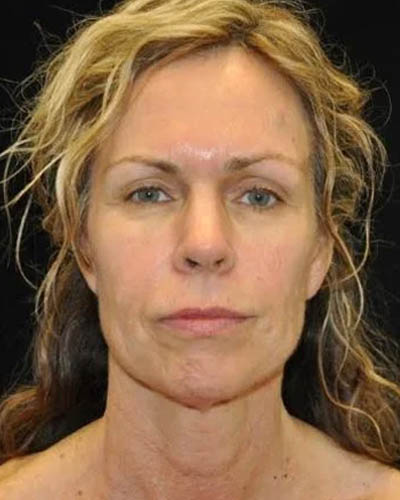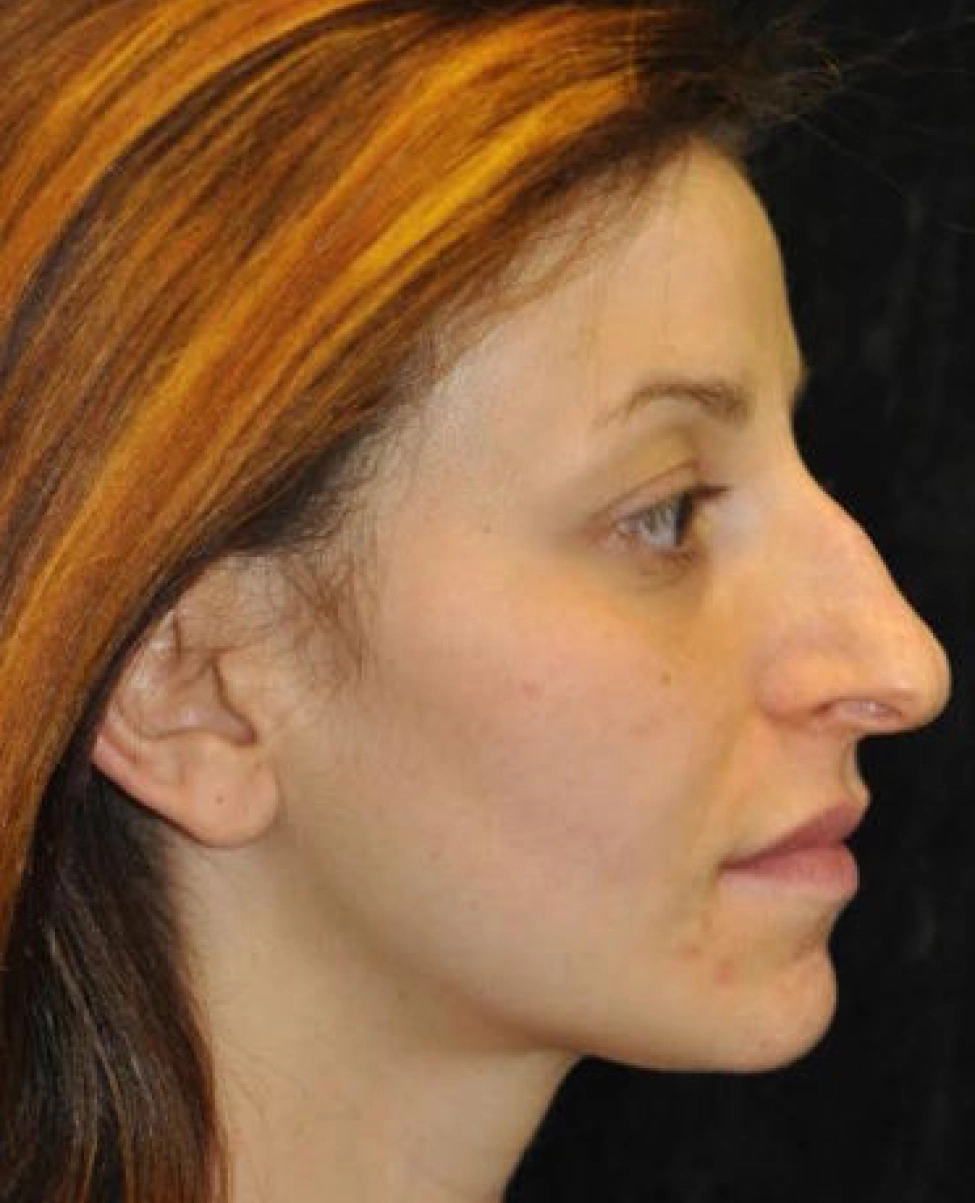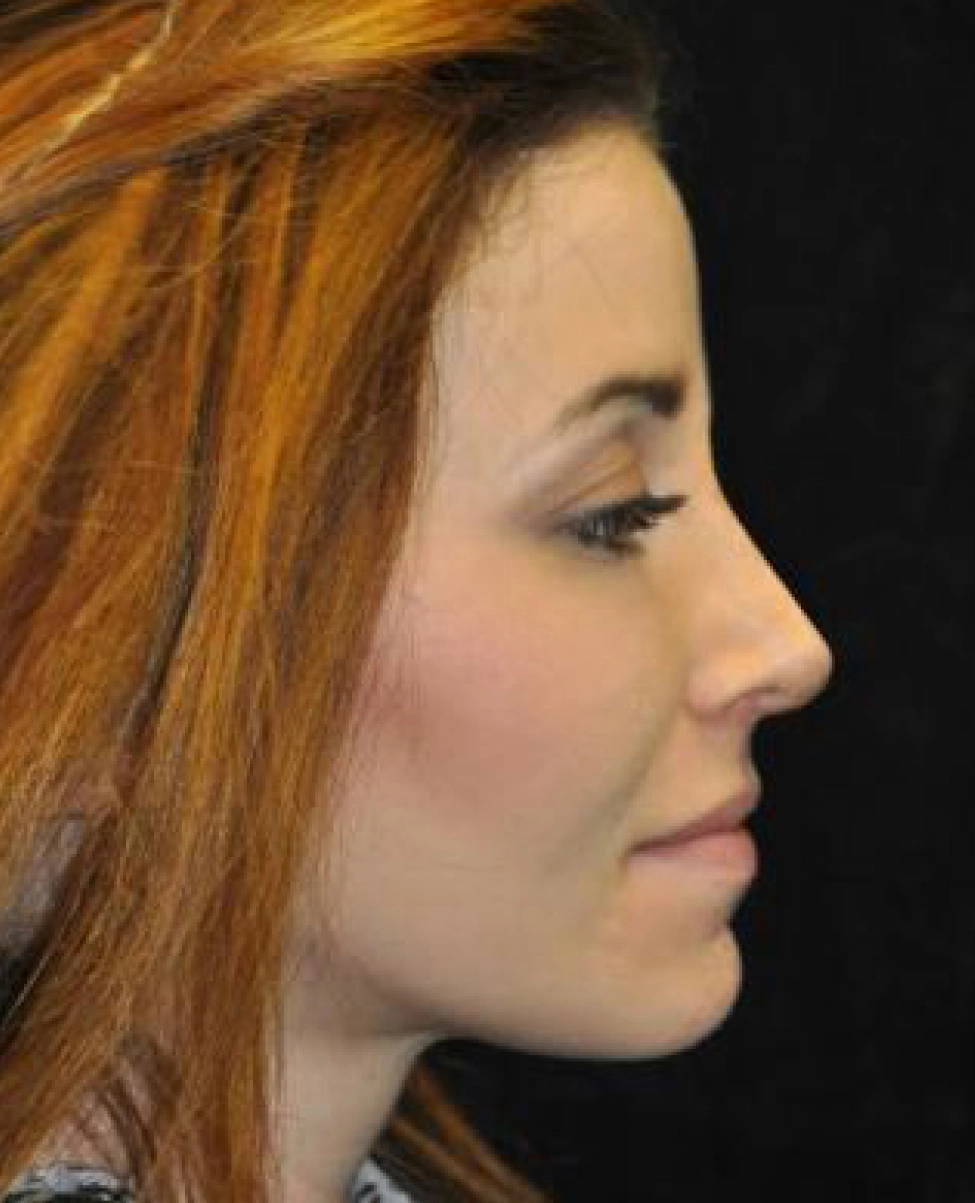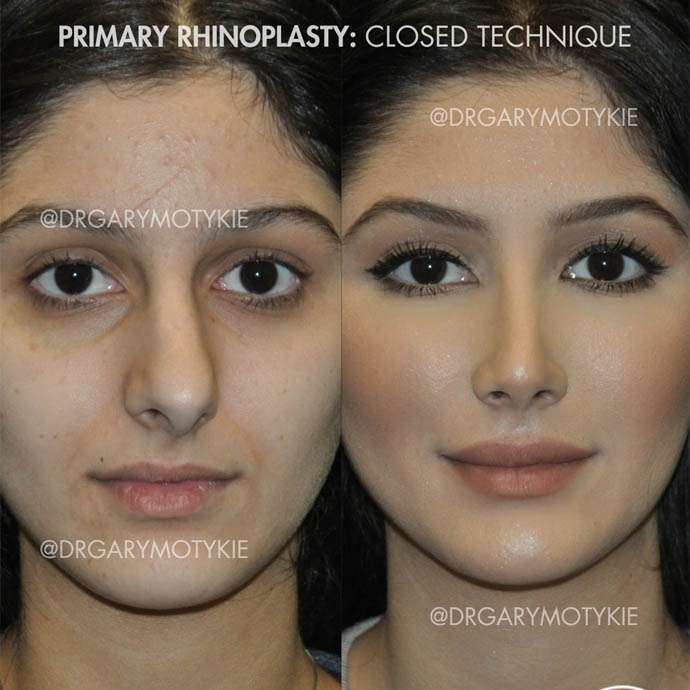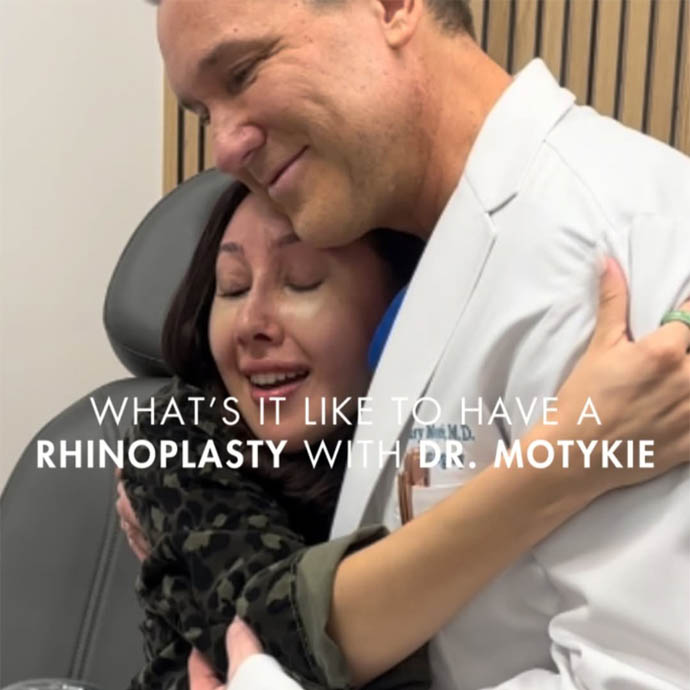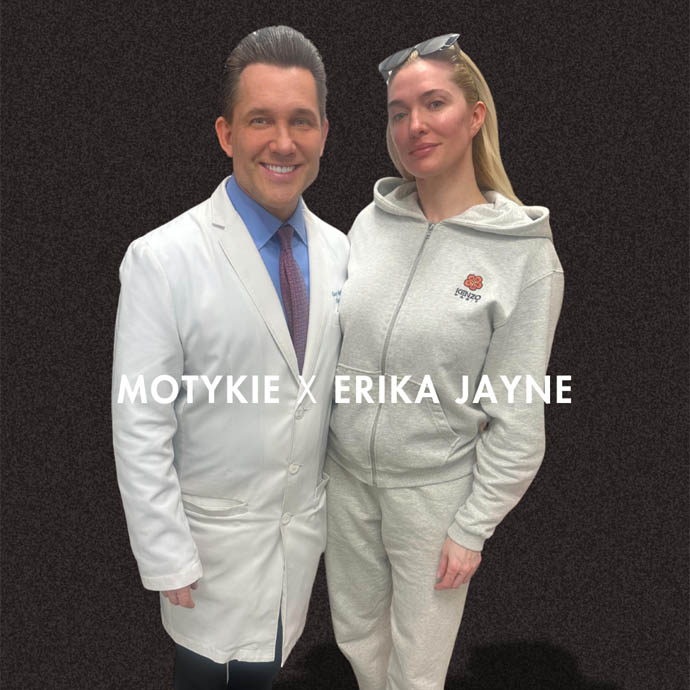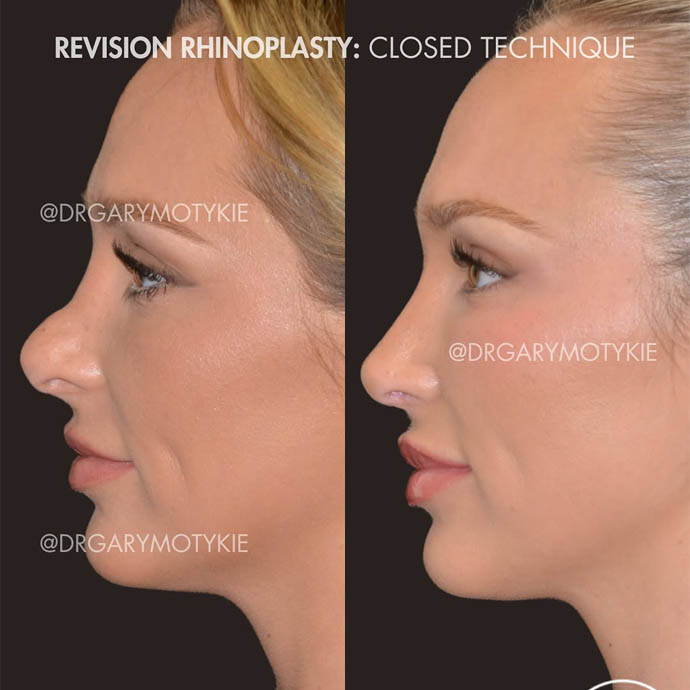- Face
- Breast
- Body
- Motykie Med Spa
- Injectables
- Skin
- Celluma Led Light Therapy
- Chemical Peels
- Hydrafacial
- IPL Photofacial
- Laser Hair Removal
- Laser Skin Resurfacing (Laser Genesis)
- Medical Grade Facials
- Morpheus8
- Microneedling
- PRFM / PRP (EZ Gel)
- RF BTL Exilis
- Spider Veins & Vascular Leisons+ (ExcelV)
- Sun & Brown Spot Removal
- Stem Cell Facelift
- Thread Lifts
- Anti-Aging
- Hair
- About
- Surgery Suite
- Locations
- Gallery
- Resources
- Media
- Consultation
 Rhinoplasty, more commonly known as a “nose job,” is a popular cosmetic procedure that can help improve the appearance of the nose. There are two main types of rhinoplasty: surgical and liquid. Each has its own benefits and drawbacks, so it’s important to weigh the options carefully before deciding which one is right for you. In this blog post, we’ll explore the differences between surgical rhinoplasty and liquid rhinoplasty so you can make an informed decision about the best procedure for your needs. Board-certified plastic surgeon Dr. Gary Motykie performs rhinoplasty surgery for patients in Beverly Hills, West Hollywood, Los Angeles, and surrounding locations.
Rhinoplasty, more commonly known as a “nose job,” is a popular cosmetic procedure that can help improve the appearance of the nose. There are two main types of rhinoplasty: surgical and liquid. Each has its own benefits and drawbacks, so it’s important to weigh the options carefully before deciding which one is right for you. In this blog post, we’ll explore the differences between surgical rhinoplasty and liquid rhinoplasty so you can make an informed decision about the best procedure for your needs. Board-certified plastic surgeon Dr. Gary Motykie performs rhinoplasty surgery for patients in Beverly Hills, West Hollywood, Los Angeles, and surrounding locations.
Consider Your Reasons For Getting Rhinoplasty
Before deciding on whether to undergo surgical or liquid rhinoplasty, it’s important to first consider your reasons for getting the procedure. Are you seeking to improve the appearance of your nose, correct breathing issues, or a combination of both?
If you’re primarily concerned with the appearance of your nose, a plastic surgeon may recommend a nose job, or cosmetic surgery. This type of procedure can reshape the nose to improve symmetry and balance, reduce a hump, refine the tip, or address any other cosmetic concerns.
On the other hand, if you’re experiencing breathing difficulties or other functional issues, a surgeon may recommend rhinoplasty as a means to correct the underlying problem. In such cases, the procedure may involve removing excess tissue, opening up airways, or reconstructing the nose to address any structural abnormalities.
Regardless of your reasons for seeking rhinoplasty, it’s important to discuss your concerns and goals with a qualified plastic surgeon to determine the best course of action. Only then can you make an informed decision on whether to opt for surgical or liquid rhinoplasty.
Determine If You’re A Candidate For Surgery
Before considering any type of rhinoplasty procedure, it’s important to determine if you’re a suitable candidate for surgery. This is especially true for cosmetic surgery, as the decision to undergo a surgical procedure should never be taken lightly.
Some of the factors that determine whether or not you’re a candidate for surgical rhinoplasty include the structure of your nose, your overall health, and your age. Generally, individuals who are in good health, over the age of 18, and have a nose that is fully developed are good candidates for surgical rhinoplasty.
However, if you have certain health conditions, such as high blood pressure or heart disease, you may not be a good candidate for surgery. Additionally, if you have a history of nasal trauma, it’s important to discuss your options with a qualified surgeon, as surgery may not be appropriate.
In some cases, a nonsurgical rhinoplasty may be a better option for individuals who are not suitable candidates for surgery. This type of procedure involves the use of injectable fillers to reshape the nose, and it can be an effective alternative for those who are not ready for or do not wish to undergo surgery.
Ultimately, the decision to undergo rhinoplasty, whether surgical or liquid, should be made after careful consideration of your unique needs and circumstances. Consulting with a qualified surgeon is essential in determining your eligibility and the best course of action for achieving your desired results.
Weigh The Pros And Cons Of Surgery
Undergoing cosmetic surgery is a big decision and one that should not be taken lightly. When it comes to rhinoplasty, also known as a nose job, it is important to weigh the pros and cons of surgery before making a final decision.
On the positive side, surgical rhinoplasty can permanently change the shape and size of the nose, creating a more balanced and attractive appearance. It can also correct breathing problems caused by a deviated septum or other structural issues.
However, surgery comes with risks and potential complications such as infection, bleeding, and adverse reactions to anesthesia. There is also a significant recovery time, during which the patient may experience discomfort, swelling, and bruising.
Another factor to consider is cost. Surgical rhinoplasty is often more expensive than liquid rhinoplasty, and may not be covered by insurance if it is considered purely cosmetic.
Overall, surgical rhinoplasty is a viable option for those who want a significant and permanent change to their nose shape and function, but it is important to carefully weigh the risks and costs before making a decision. It is also essential to choose a qualified and experienced surgeon to minimize the risks and ensure the best possible outcome.
Consider Nonsurgical Rhinoplasty If You’re Not A Candidate For Surgery
While surgical rhinoplasty is considered the gold standard for nose reshaping, not everyone is a good candidate for surgery. If you have medical conditions that can interfere with the healing process or have a history of severe nose trauma, you may not be a suitable candidate for surgical rhinoplasty.
However, that doesn’t mean you can’t achieve the nose you want. A nonsurgical rhinoplasty, also known as a liquid rhinoplasty, may be the perfect alternative for you. Unlike surgical rhinoplasty, this procedure involves using injectable fillers to reshape the nose. It’s a less invasive procedure that’s performed in a doctor’s office under local anesthesia.
One of the biggest benefits of nonsurgical rhinoplasty is that it’s relatively quick. The procedure typically takes around 30 minutes to an hour, and you can resume your regular activities right after. Additionally, it doesn’t require any downtime or lengthy recovery period, making it a more convenient option for people with busy schedules.
Another benefit of nonsurgical rhinoplasty is that it’s more affordable than surgical rhinoplasty. While surgical rhinoplasty can cost several thousand dollars, nonsurgical rhinoplasty typically costs a fraction of that.
However, there are also some downsides to consider. One is that the results of nonsurgical rhinoplasty are temporary and typically last only six months to two years, depending on the type of filler used. This means that you’ll need to schedule follow-up appointments to maintain your desired results.
Another potential drawback is that nonsurgical rhinoplasty is limited in the changes it can make to the nose. It’s most effective for filling in small depressions or improving the symmetry of the nose, but it can’t significantly reduce the size of the nose or reshape the tip.
Ultimately, the decision between surgical and nonsurgical rhinoplasty depends on your specific needs and preferences. If you’re not a candidate for surgery or prefer a less invasive option, nonsurgical rhinoplasty may be the perfect solution for you. Be sure to discuss your options with a qualified physician to determine the best course of action for your nose reshaping goals.
Know What To Expect After Nonsurgical Rhinoplasty
While liquid rhinoplasty can provide excellent results, it is important to understand what to expect after the procedure. Here are some things to keep in mind:
- Swelling and Bruising: As with any procedure, swelling and bruising are normal and to be expected. This typically lasts for a few days and can be managed with ice packs and over-the-counter pain medication.
- Results: The results of a liquid rhinoplasty are not permanent, but can last anywhere from 6 months to 2 years depending on the type of filler used and individual factors. Touch-up treatments may be needed to maintain the results.
- Activities: You can typically resume normal activities immediately after the procedure, but avoid heavy exercise or anything that could put pressure on the nose for at least 24 hours.
- Risks: While complications from nonsurgical rhinoplasty are rare, there is a small risk of infection, allergic reaction, or blood vessel occlusion. Be sure to follow your provider’s aftercare instructions and report any unusual symptoms or reactions.
- Follow-up: Schedule a follow-up appointment with your provider to ensure that the results are to your satisfaction and to discuss any further treatment options.
Overall, nonsurgical rhinoplasty can be a safe and effective way to enhance the appearance of the nose without undergoing surgery. Be sure to do your research, consult with a qualified provider, and know what to expect before and after the procedure.
Contact Beverly Hills Board Certified Plastic Surgeon Dr. Gary Motykie to Schedule a Consultation
Click Here for Virtual Consultation
Click Here to Schedule a In Office Consultation
To see more services and treatments provided by Board Certified Plastic Surgeon, Dr. Motykie in Beverly Hills | Los Angeles | West Hollywood, CA and his team please visit:

